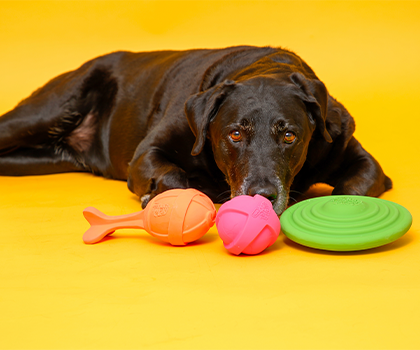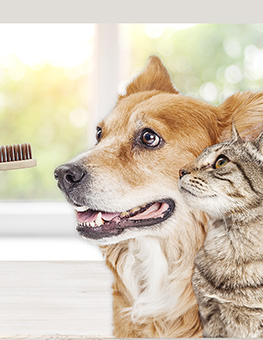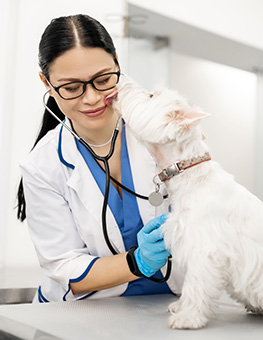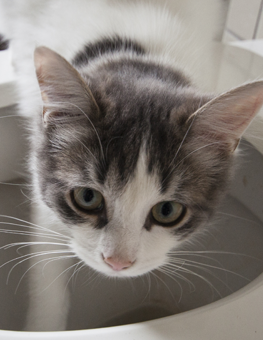Different Types of Dog Collars: Finding the Right One for Your Pet
Dog collars vary greatly in form and function. Here’s a guide to choosing the right one for your canine companion.
The number and variety of dog collars and leashes on the market can be overwhelming, and each one can serve a different purpose or objective. Depending on the needs of you and your dog, you will want to use a specific type of collar. This can be based on a variety of considerations that you will need to take into account. Here’s how to do just that:
Collar Materials
Cotton: Cotton web collars are the most inexpensive type of dog collar, and are very useful. They are, however, one of the least durable dog collars and leashes on the market and will wear out quickly. For this reason, they are recommended mostly for smaller dogs that aren’t strong enough to pull hard and wear out the leash.
Leather: Leather collars are strong, durable, and attractive, and are a good choice for most dogs, including stronger ones.
Nylon: Nylon is very strong, and is often used in retractable leashes. Sometimes collars and leashes will be a blend of materials with a center cord of nylon surrounded in leather or fabric.
Metal: Brass and nickel-plated steel collars are obviously very strong and relatively expensive. They are recommended for very large, strong dogs. Many metal collars also offer versatility with easy to use clips and buckles.
Collars Types
Standard Collars: The most common type of collar simply fits around your pet’s neck in a ring, and should be tight enough that you can only fit two or three fingers between dog’s neck and the collar. These collars are useful in most situations where a dog does not have any outstanding issues with breathing, hyperactivity, or disobedience.
Harnesses: These types of dog collars rest more on the shoulders than the throat or neck, and reduce pressure on the throat. A harness is essential for a dog that has respiratory problems.
Halter Collars: These collars fit snugly around the head, usually behind the neck and around the nose, to give you the best control possible over your dog. Since the leash snaps on below the dogs chin, pulling on the leash will bring his head down or to the side, an uncomfortable reaction which will eliminate this behavior. This collar is recommended as a regular collar for strong, disobedient dogs that pull a lot.
Choke Collars and Pronged Collars: Choke and pronged collars are designed such that pulling on the leash will result in a form of punishment, whether it is choking or being poked by prongs around the neck. These dog collars should only be used for the most disobedient and unruly dogs, and only during dog training sessions. Using these as a regular collar is unadvisable and can be harmful for your dog.
Shock Collars: These collars are designed to give your dog a shock when he misbehaves. Though this shock is set too low to be harmful, it is nonetheless a form of negative reinforcement, and is not recommended as a common dog training method. As a last resort for disorderly dogs, though, it can be effective.


















